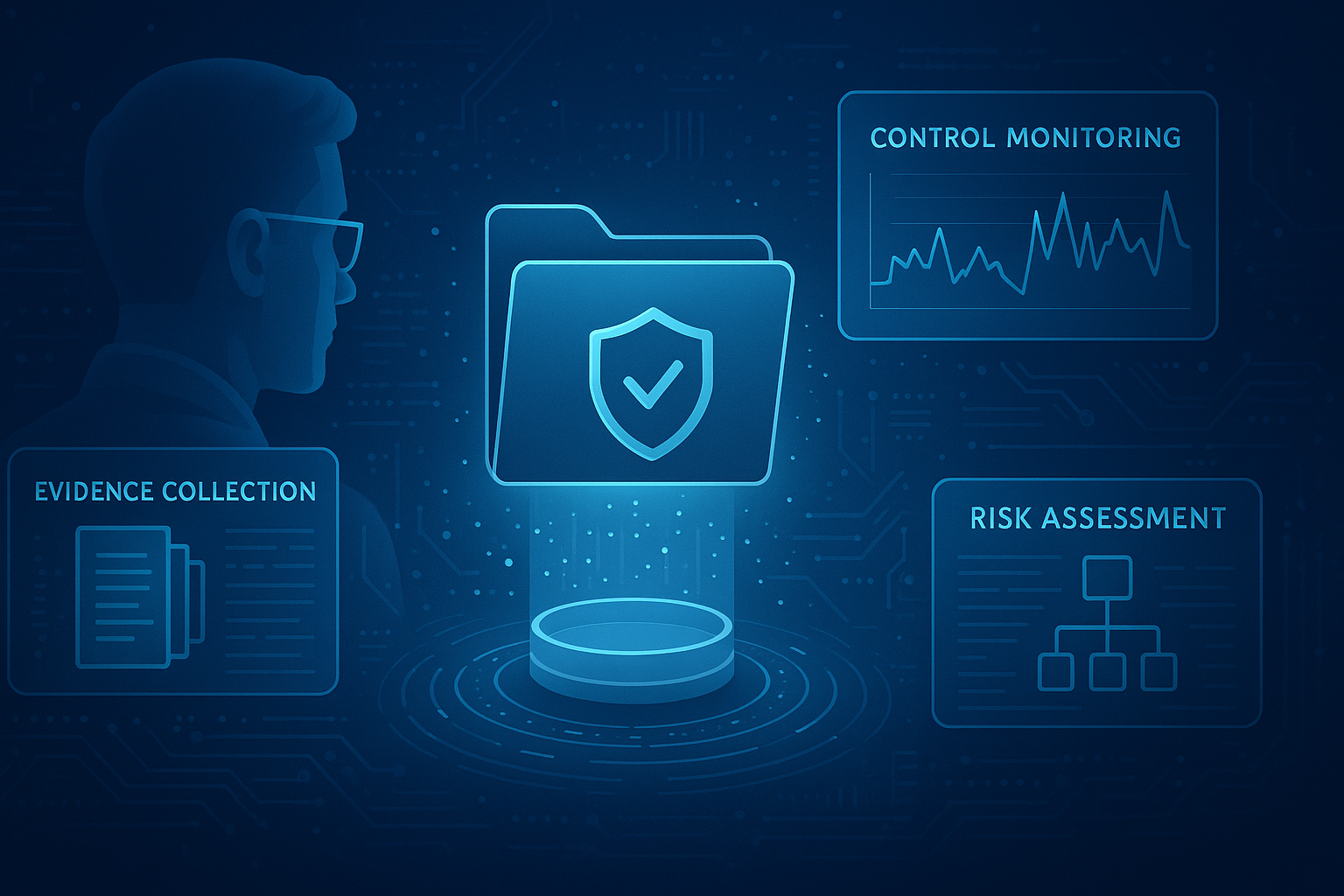The National Institute of Standards and Technology’s (NIST) Cybersecurity Framework (CSF) is one of the most robust security frameworks available today. Developed from an executive order in close collaboration with government, industry, and academic representatives, Version 1 was proven to scale beyond the critical infrastructure enterprises it was initially designed for. NIST CSF Version 1.1 brought a greater focus to third-party risk management within the categories and subcategories, further solidifying the Framework’s ability to serve organizations of any size and industry.
Since its release, the NIST CSF has emerged as a gold standard for bridging the gap between business and technical leaders - fostering a business-centric approach to cybersecurity programs.
Creating a NIST CSF Scorecard
A NIST CSF Scorecard helps risk and compliance leaders by benchmarking their progress as they implement the CSF and reporting on that progress to stakeholders. Most importantly, a NIST Cybersecurity Framework scorecard uses risk assessment data to illustrate the organization's cyber threats and risks in a way that business leaders can understand and use. Further, a robust cyber scorecard will also show a return on security investment (RoSI) calculation to show where investment needs to be made.

Creating a cyber risk scorecard is critical and cumbersome for many organizations. Given the manual effort necessary to build one from a GRC cybersecurity tool or spreadsheet, it often gets forgotten. It requires a holistic view of an organization’s cyber security posture that spreadsheets and modular tools cannot provide. The CyberStrong cyber risk management software leverages its fully integrated solution to automate the reporting process and allows users to export a NIST CSF Scorecard in seconds.
What is a NIST Cybersecurity Framework Scorecard
A NIST Cybersecurity Framework scorecard represents an organization’s cybersecurity posture benchmarked against the gold-standard framework. NIST CSF scorecards break down an organization’s posture by category and are then organized into the five functions of the Framework core.
Because the NIST CSF is outcomes-based, the categories in the scorecard draw from the informative references (the security controls in place based on the assessment) to aggregate the data and deliver the RoSI data and completion costs at the category level.
Finally, alongside the RoSI data, a NIST CSF scorecard should also show the cybersecurity risk levels of both inherent and residual risk.

The CyberStong NIST CSF Scorecard uses the risk assessment data collected at the control level using the NIST SP 800-30 risk assessment methodology to display the RoSI alongside the cost necessary to enhance the control and improve cyber posture.
The CyberStrong NIST CSF Scorecard also shows the opportunity for further risk remediation, allowing you and your team to focus your efforts on where there is the most significant opportunity to remediate.
For business leaders, quantifying cyber risk allows risk managers in other parts of the enterprise to roll that risk into enterprise-wide risk tolerance. A NIST CSF scorecard should also categorize risk based on the form of risk to organizational operations it poses (financial, reputational, etc.) should the control fail. This further enhances communication between business and technical leaders as they can all speak the same language regardless of the types of risk they manage.
Since this article was published, the NIST CSF has been updated. NIST CSF 2.0 includes updates to the core function with the 'Govern' Function, widespread applicability beyond critical infrastructure, and a renewed emphasis on supply chain risk management.
Creating a NIST Cybersecurity Framework Scorecard
Any information security team conducting a CSF-based cyber risk assessment can create a NIST Cybersecurity Framework scorecard. However, for teams operating out of spreadsheets or a modular GRC tool, the task of aggregating the necessary data is cumbersome, and the task of creating a scorecard is left incomplete. Using cyber risk management solutions that continuously monitor and aggregate enterprise-wide assessment data allows a cybersecurity team to access the necessary data much more readily and, in the case of CyberStrong, fully automates the creation of a NIST CSF scorecard.
Information security leaders adopting the NIST CSF must find a way to operationalize the information they glean from their automated risk assessments. Information security scorecards, like the NIST CSF scorecard, take the data that’s been collected, organize it in a way that CISOs and business leaders can understand, and present it in a way that makes that data valuable and supports business growth.





.png)
.png)
.png)
%201.png)
.png)




